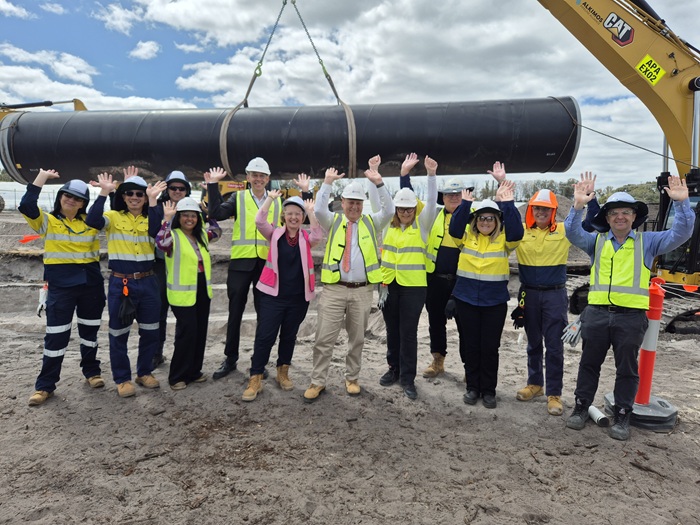.jpg?rev=96dc640314b741779eff2a7365a1d606&la=en&hash=128D4FFED42A950B8B0B7D975C153FC2)
Wet winter belies true impact of declining streamflow to Perth dams
With recent rainfall across Perth and southern WA, it’s easy to assume our dams are full to brim. But the connection between rainfall and dam levels isn’t so simple.
Read moreWe produce many media statements throughout the year reflecting aspects of our diverse business. On this page, you will find all of our media statements for the past five years. For older statements, please contact media@watercorporation.com.au.
.jpg?rev=96dc640314b741779eff2a7365a1d606&la=en&hash=128D4FFED42A950B8B0B7D975C153FC2)
With recent rainfall across Perth and southern WA, it’s easy to assume our dams are full to brim. But the connection between rainfall and dam levels isn’t so simple.
Read moreCollie residents are being urged to rethink what goes down household toilets and sinks after several large blockages were recently cleared from the town’s wastewater network.

Students from Mount Claremont Primary School have helped add a ‘Splash of Colour’ at Lake Claremont for the latest addition to Water Corporation’s public art series.

Water Corporation has completed upgrades to a major water pipeline through Helena Valley, improving supply reliability for Perth’s eastern suburbs and communities connected to the Goldfields and Agricultural Water Supply Scheme (GAWSS).

Visitors to Yokine Regional Open Space will now be welcomed by three vibrant new murals, with a drainage pump station and two electrical cabinets transformed through Water Corporation’s Splash of Colour program.

The Cook Government's commitment to securing Western Australia's water future in a drying climate has delivered a record $1.59 billion in contracts to local businesses last financial year.

For media queries during office hours 8.30am – 5pm AWST, Mon - Fri please call 9420 2555.
Media contacts